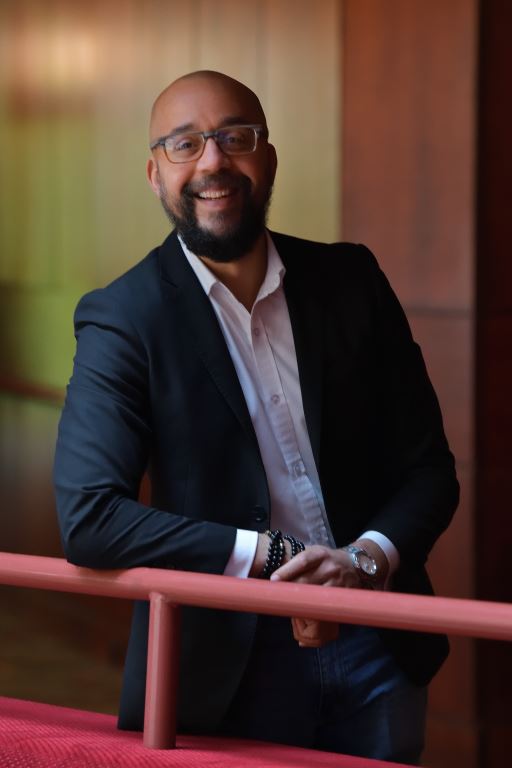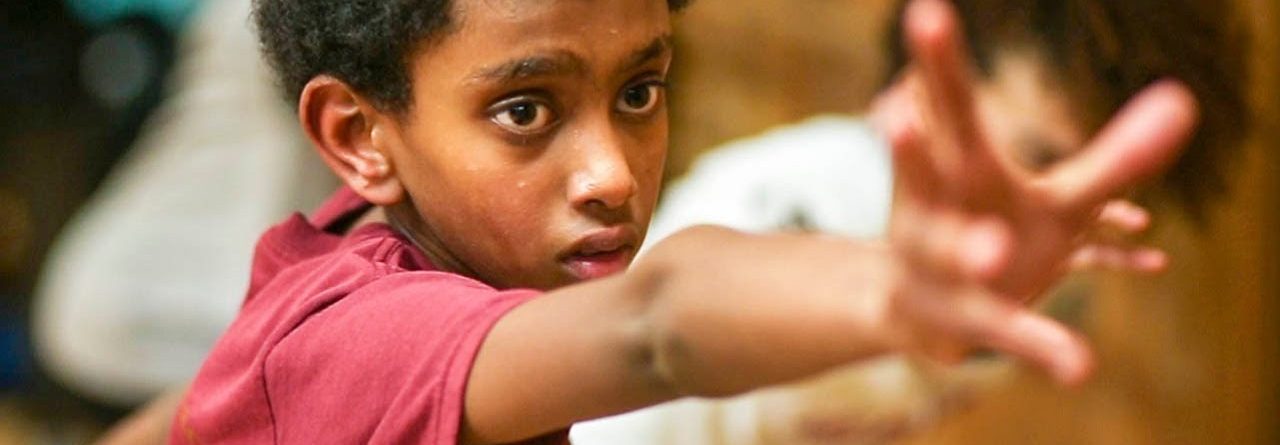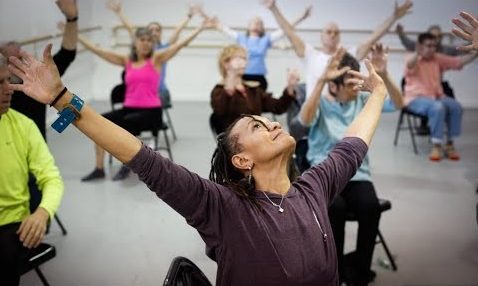By Michael Greer
ArtsFund President & CEO
Published October 1, 2020
Arts and cultural organizations are not asking for a hand out, they’re a hand up
As the pandemic continues to displace millions from employment, housing, and socialization, the people that make our sector work are at the forefront of this displacement. Many cultural workers earn minimum wage, often without affordable healthcare options, and many live or work in some of the most expensive metropolitan areas in the country. These realities, combined with a pandemic that is prohibiting social gathering is devastating to a workforce of over 5 million nationwide.
The situation
That said, it is incredibly important to remember that the mission of many arts and cultural organizations is to use art to uplift people and help them deal with trauma, even in the good times. I am thinking of Mark Morris Dance Group with their Dance for PD program, Path With Art with their mission to “… transform the lives of people recovering from homelessness, addiction, and other trauma by harnessing the power of creative engagement as a bridge to community and a path to stability.”
And groups like Northwest Tap Connection with their mission to provide “… quality dance and job opportunities to under-served communities, and also to raise a generation of socially conscious artists who produce works that fosters change.”
At ArtsFund, we support art and cultural organizations because we know they make life-changing impacts in communities. As explored in ArtsFund’s Social Impact of the Arts Study, there is evidence that art and culture play a significant role in creating community spaces which helps with social mobility in youth. There is additional evidence that creative outlets have a positive effect on mental health and processing trauma. There is the effect that arts have on educational outcomes, that they lower stress, and so on. Creative workers, and the industry they support, are responsible for much more than just what you see on the stage, in galleries, or on TV. These organizations strive to connect with their communities in meaningful ways that provide change and comfort to the people they serve. And research says that they are making a difference.

Photo courtesy Path with Art
So why the handout?
It is well-documented that arts and culture face some of the most devastating financial effects of the pandemic. Performing arts were recently ranked as one of the 10 hardest-hit industries in terms of unemployment. Many theaters and galleries, which depend on earned revenue for 50-80% of their income, have been forced to close and lay off their workers. In addition, for those organizations that are able to reopen, but with limited capacity, it is important to note that even with full houses and packed galleries, the cost of delivering this art is about 30-40% higher than collective ticket sales, so opening at a reduced capacity only intensifies the need for other revenue streams.
Philanthropy
Non–profits rely on donations to achieve their mission. Tax deductible donations are a function of the 501(c)(3) status. The nonprofit business model requires community participation and allows for support from individuals, corporations, and governments. The tax code provides for this special status because our lawmakers understand the importance of these organizations in our community and the importance of them running on a mission-based (rather than profit-based) model. They are must-haves, not nice-to-haves. Nonprofits act in a space that private business and public government cannot and should not operate. The tax code is set up in a way that allows both businesses and individuals to support their communities through nonprofits.
Hand up
So why, then, are arts and culture being measured against other social services and asked to defend their relevance? Even before COVID, leaders of nonprofit arts groups were often forced to prove their relevance and funders and philanthropists would be asked to weigh a particular sector against another. Arts versus education, versus homelessness, versus healthcare, etc. I believe it is more helpful is to look at the intersection of all these vital nonprofits and the community change they are trying to create. Arts and culture are a piece of the bigger puzzle that is community health.
As this crisis continues, we must focus on completing the entire puzzle, not just changing focus to another section. As the needs in our communities grow, we need to double down on our efforts by looking closely at how arts and culture contribute to the community and funding those intersections accordingly.
When you fund arts and culture, you are funding a key piece of the puzzle that makes the picture of community health come into focus. This industry is asking for support so that it can continue to be there when the community needs it the most. If you are a business, look at your giving pillars; if you are a funder, look at your mission; and if you are an individual, look around you. Look to the challenges in your community and ask how arts and culture fit in. If you feel that creativity and art can be of use to your world, then fund it. Fund it the same way you would any other program you believed it. Fund it like your community depends on it, because for many, it does.
***

Michael Greer is the President & CEO of ArtsFund. As a former professional dancer and experienced executive, Michael’s leadership experience spans both the for-profit and nonprofit sectors. He previously held roles as the executive director of Oregon Ballet Theatre and Portland Ballet in Maine. Michael started his arts career as a dancer with Ballet West in Salt Lake City, where he danced for six years. Michael then spent nearly a decade in leadership and executive roles in manufacturing, financial services, and commodities in India and Mainland China for several multinational firms. He is a former Trustee on the Oregon Arts Commission, Cultural Advocacy Coalition, and the United Way of Greater Portland. Michael holds a B.A. in economics from Hampshire College and an M.Ed. from University of Illinois Urbana-Champaign. He is currently pursuing an M.B.A. from The Wharton School.
***
Photo credit: Header image courtesy of Northwest Tap Connection.

